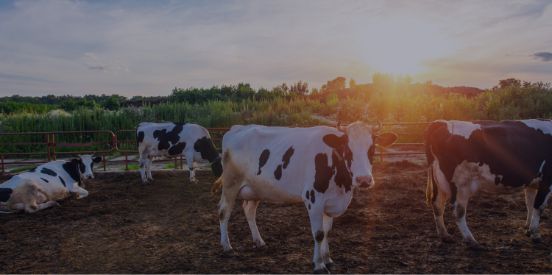CORN
Corn futures were firm overnight in a bid to climb for a third consecutive session. Dec corn got to 3.77-1/2 and the contract’s 40-day moving average, the highest price point in more than a month on gains of 2 cents. Prices are gradually inching upward with light short-covering noted on concerns of delayed harvest due to wet weather and slow maturity. The funds are now seen net short an estimated 160,000 contracts. The U.S. Midwest weather forecast has some changes in that temps are now seen falling in the 20’s to mid 30’s by the middle of next week for the Dakota’s, western Minnesota, and Northwest Iowa. On Monday of next week, the USDA will release its Quarterly Stocks report. This could provide some further price direction. The pre-report estimate has quarterly stocks as of September 1 at 2.440 billion bushels which would compare to a year ago’s 2.140 billion.
SOYBEANS
Soybean futures were mixed overnight inside the previous two days’ trading ranges, but continue to hold near their upper end of their trading range over the last two weeks. Nov, at 8.93 is facing a tough time breaking through the 9.00 area. Support from a late crop has run into headwinds from warm temperatures versus the potential for frost heading into this time of year, but that may be changing as cold temps begin to creep into the northern tier states’ forecast. We’re also watching positive trade developments where the Chinese government has granted new waivers to several domestic state and private companies to buy U.S. soybeans without being subject to retaliatory tariffs.
WHEAT
Winter wheat futures were generally unchanged overnight in light volume, spring wheat was up 2 to 3 cents. Look for traders to continue to buy the spring wheat on quality, as well as quantity concerns. Soft and hard red winter continue to trade in a sideways pattern and lack news to provide direction. In tender activity—-Egypt has an overnight tender for optional-origin wheat; Japan seeks 122,000 tons of optional-origin wheat; Jordan bought 60,000 tons of optional-origin wheat; and, Taiwan bought 65,000 tons of Brazilian corn.
CATTLE
Cattle futures are called steady to higher as the market continues to factor in growing demand and prospects that the market may have seen a yearly low. Yet, new demand news will be needed sooner than later to sustain the recent recovery. Our point, the Cattle on Feed report can only take the market so far.
HOGS
Hog futures are called steady to higher on follow through after solid gains yesterday of 80 to 105 points. Feb is up against resistance at 100-day moving average. However, the Apr, May, and Jun contracts continue to remain in a strong uptrend with solid closes yesterday.

